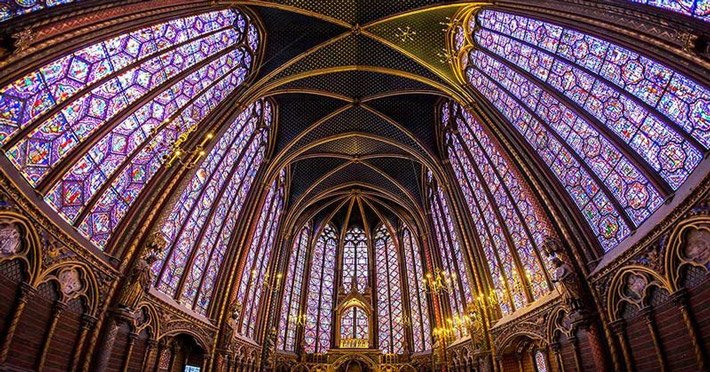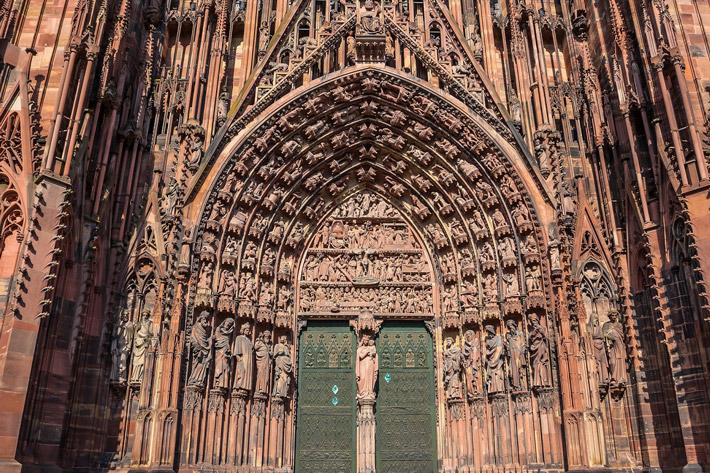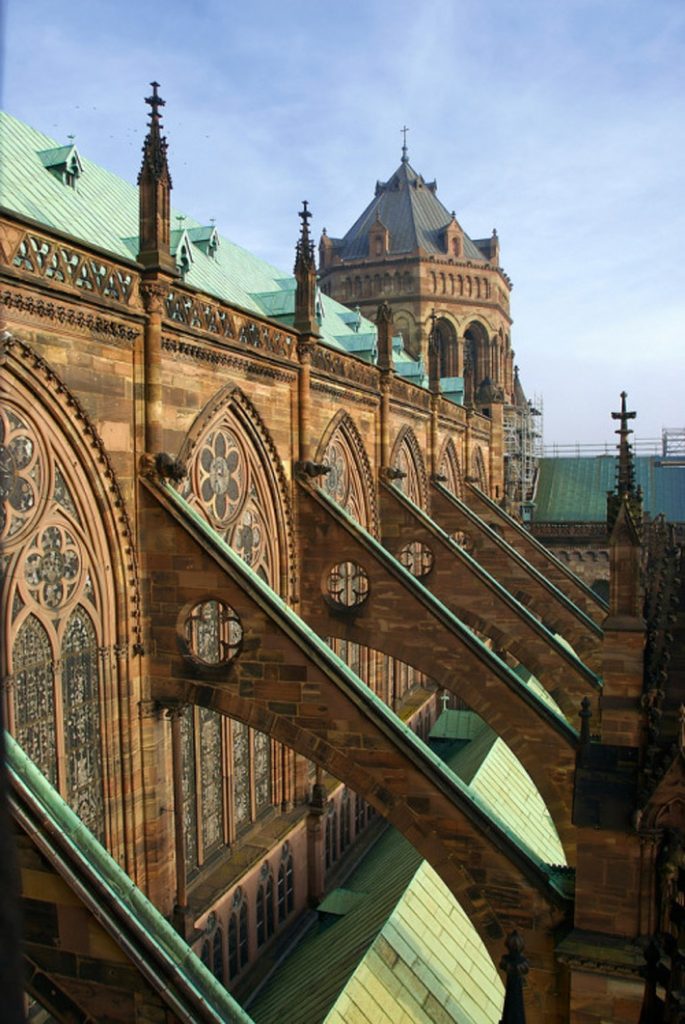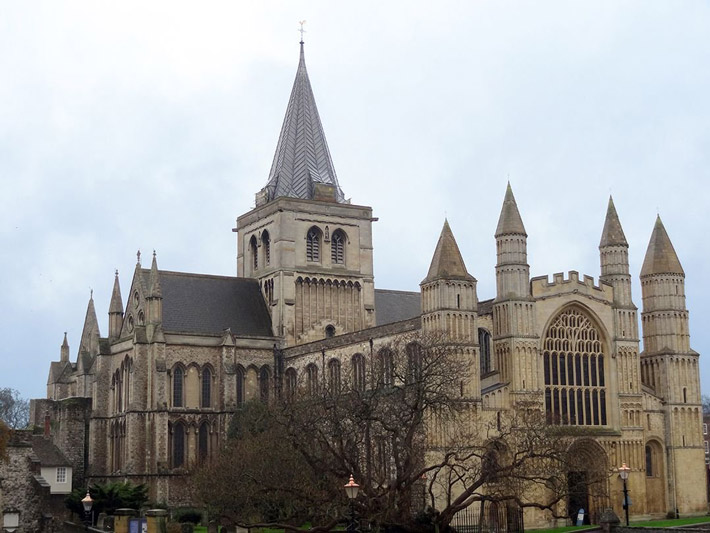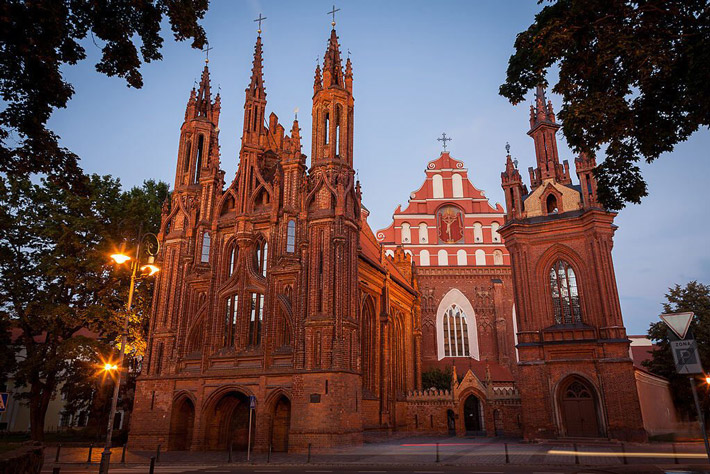What is gothic architecture? When, where and how did gothic architecture raised? Here are gothic architecture characteristics, history and the world’s most famous gothic buildings:
Contents
What is Gothic Architecture?
The word Gothic was first used in the 16th century by the Italian artist Giorgio Vasari to mean “barbarian” for the architecture of the Goths that destroyed the Roman Empire. Today, the word “Gothic”, used in various fields such as architecture, music, decoration, art and fashion, is used to express a certain style. Gothic style is mostly seen in architecture, sculpture and then painting.
Note: Don’t forget to read our article on gothic cathedrals and churches to examine the most important gothic architecture examples in the world. Also check out the history of architecture and other architectural styles from prehistory to the present!
Gothic Architecture History
When and Where Did Gothic Architecture Arise?
Gothic architecture, which emerged in the 12th century, continued until the end of the 16th century. This architectural style born in France, then spread to various countries in Europe. Every artistic movement emerges from criticizing the previous one. Gothic architecture also emerged with the development of the Romanesque style, and in time it was replaced by Renaissance style structures.
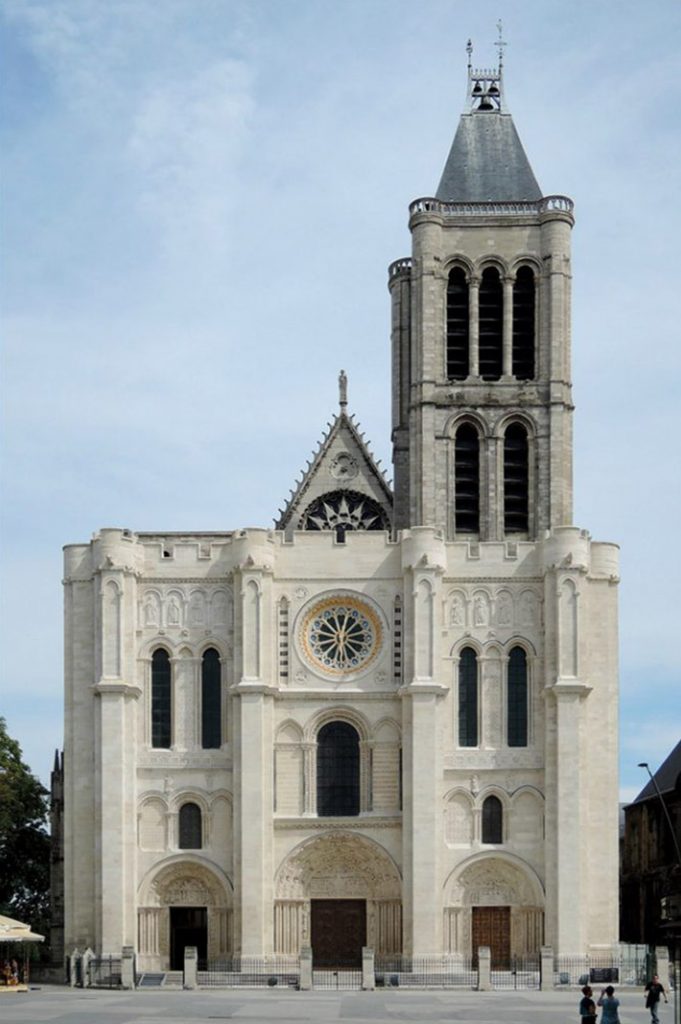
The place where the Gothic style in architecture emerged and developed for the first time is the “ Ile de France” region in the North of France, covering Paris and its surroundings . The first example of Gothic architecture is St. Denis Basilica , designed by French historian and architect Abbot Suger in 1122. Abbot Suger was inspired by the pointed arches and intricate carvings he saw on his eastern travels in the design of the church.
Why and How Did Gothic Architecture Emerge?
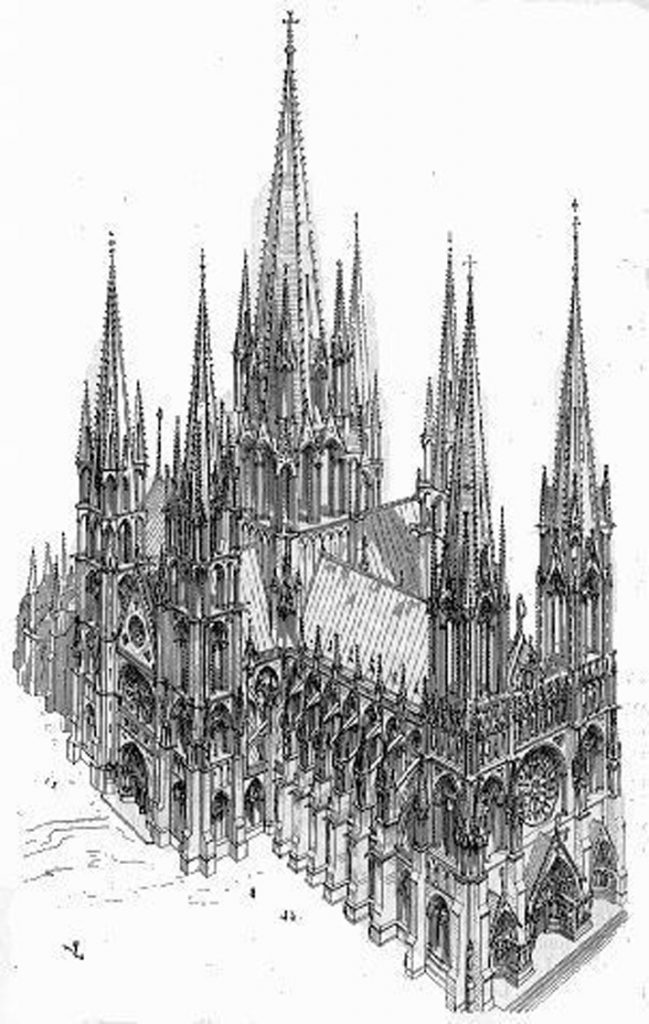
Gothic style emerged with the influence of the clergy of the period in order to regain authority over the people. People lost their faith and started to come out of the church power due to the failure of the Crusades and other reasons.
Gothic architecture characteristics are mostly seen in church and cathedral architecture in Europe. The purpose of cathedrals and churches is to reflect the power of bishops and wealthy merchants as well as to glorify God and spread Christianity. For this reason, cathedrals are designed to impress people with their structures that are higher than other buildings in the city and easily visible from far distances. The magnificent structures of Gothic cathedrals and churches rising to the sky show the power of kings and Christianity over people.
The Gothic cathedral represents the universe. Every architectural feature such as the greatness and size of the building contains a religious message. The most important message that Gothic cathedrals rising towards the sky want to give is the greatness and glory of God. Sculptures, stained glass windows and murals presenting sections from the Bible are other architectural elements seen in gothic churches.
Churches, which became brighter and greater with the Gothic style, caused this style to spread gradually and to be used in different building types such as castles, palaces, bridges and city gates .
Gothic Architecture Characteristics
3 basic Gothic architecture characteristics are rib vaults, pointed arches and flying buttresses. Other Gothic structure features are listed below briefly:
- The most striking feature of Gothic buildings is the longitudinal growth of the works. (This feature can be seen in other art forms such as painting and sculpture.)
- Ornaments used a lot in Gothic buildings. A rich style of decoration is used, derived from complex and interlocking natural shapes.
- Pointed arches are used. In order to solve the problem of increasing weight as the buildings rise, support belts were made to spread the building load. These arches also gave the buildings a decorative and aesthetic appearance.
- Windows and openings came to the fore. In the buildings, the walls have almost been eliminated and natural light has been brought in through wide openings.
- Light has become even more important. The light beams entering through the colorful stained glass windows create a spiritual atmosphere in churches.
- Large doors with ornaments, numerous sculptures and reliefs were used on the previously simpler facades.
- Circular rose windows with religious paintings made with colored glass, located in the middle of the façade, are one of the other important gothic architecture characteristics.
Gothic Architecture Examples by Country
Germany:
The gothic style in German architecture, which was closely linked to the Romanesque architecture at that time, started to show itself long after France and England. Previously it was applied in some of the Romanesque buildings. Part of the German gothic buildings is large cathedral structures inspired by the French gothic style. The most important examples of these are the cathedrals of Cologne and Strasbourg, the first fully gothic building . The second gothic trend is seen in interiors created by taking the orders and decorations of English beggar churches as an example.
Spain:
Spain is one of the countries with the earliest development in gothic style after France. This architectural trend, whose effectiveness increased day by day through pilgrimage routes and traveling architects, was influenced by the French gothic style. It is possible to see magnificent cathedrals built with this style in many parts of the country , including the Andalusia region . The most important of these works is the famous Barcelona cathedral.
Italy:
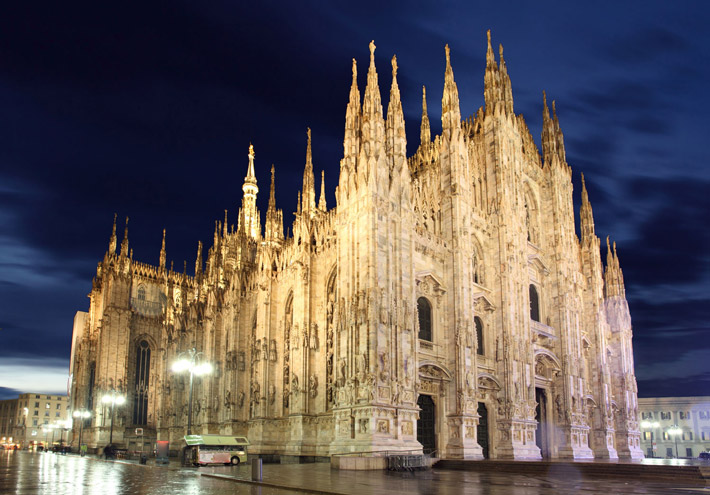
As a result of the late arrival of Gothic architectural elements to Italy and the emergence of Renaissance thought quite early in parallel with this, gothic works in Italy remained relatively behind other European countries. However, it should not be forgotten that “Gothic” as a word and concept was first introduced in Italy by Giorgio Vasari. The most important Gothic work made in Italy during this period is Milano cathedral, which has its own simple and Romanesque influences.
Northern Germany, Northern Poland and Scandinavian Countries:
Gothic architecture in Central and Eastern Europe followed a quite different process for political reasons. In 1346, IV. Charles made Prague the capital of the holy Roman Empire and ordered a cathedral to French architects. Unlike the examples in France, important cathedrals in this region were mostly made of brick, and a style called Backstein Gothic emerged. The main reason for the transition from stone to brick is the inability to obtain stone and also economic problems. For this reason, wall decorations are generally less detailed in the works made in the region. Colorful glazes and very beautiful examples of star vault are seen in the buildings.
For more gothic architecture examples, read our article on “Gothic Cathedrals & Churches“. Don’t forget to visit our homepage for inspiration on different topics related to interior design & architecture! 🙂


